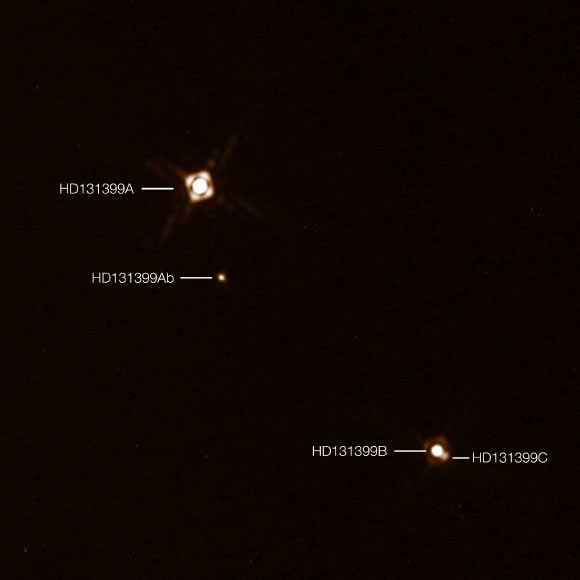Europa, Jupiter's satellite, is hosting an ocean under the ice and water vapor erupting from the surface, said NASA astronomer from William Sparks, during a press teleconference. This means that there may exist extraterrestrial life. The discovery was made in 2013, but astronomers have taken three years to confirm and make a Inspection.
William Sparks said Europe is the second closest satellite of Jupiter, orbiting once every three days. ,, We obtained 10 images of Europe while in front of Jupiter's orbit, "said Sparks.
Observations made with the Hubble telescope, have revealed the discovery of vapor on the surface that could prove the existence of an ocean under the ice.
Brithney Schmidt, professor in the School of Earth and Atmospheric Science at the Institute of Technology in Atlanta, said on Europa was measured, its size is similar to our moon. In some areas the ice is broken, the majority of the planet is covered peaks. ,, It will be very difficult to penetrate the ice to reach the water, '' she said. Steam and could help researchers analyze the composition under the ice, without having to drill.
Jennifer Wiserman researcher in the project Hubble at NASA Goddard Space Flight Center in Maryland, says that Hubble was the only one who managed to investigate Jupiter and Europe at this level. The UV rays, water vapor were found on the surface of Europe. ,, We are excited at the thought that we will use the James Webb Space Telescope that will launch in 2018. It will study in more detail the fumes emitted by the satellite Europa. We are extremely interested in planets with characteristics similar to those of Earth '. Although the discovery vapor was conducted in 2013, one of the researchers said: ,, It took a lot of work to process images. After all the work we have already achieved results. It is not as if you take a picture, you need a lot of preparation. ''

'' The amount of material that would have produced steam at the level that I saw could be worth millions of kilograms, '' said William Sparks. Each tool analyzes the steam probe on the surface of Europa. There are a lot of assumptions that may explain the presence of water on Europa.
Among the tools that researchers have used to analyze Europe are UV, heat-sensitive instruments and compositional tools such as Cassini, which can fly through fog and steam can analyze the composition. Researchers said they still are not sure if steam comes from the evaporation of water beneath the frozen layer of Jupiter's moon.
Vapors are not necessarily placed in the poles, they appeared and disappeared, were present more often in equator. ,, We believe that the ship is made of hydrogen and oxygen, but more research will reveal us whether it is water vapor or not, '' said one of the researchers.
Researchers need to further investigate the existence of vapor to ensure that substances that are formed can support extraterrestrial life.
The discovery was made using images recorded by the Hubble Space Telescope.
In the teleconference attended by Paul Hertz, director of the Division of Astrophysics at the NASA headquarters in Washington, William Sparks, an astronomer at the Institute of Science in Baltimore, Brithney Schmidt, professor in the School of Earth and Atmospheric Science at the Institute of Technology Atlanta, and Jennifer Wiserman researcher in the project Hubble at NASA Goddard Space Flight Center in Maryland.
Astrobiologists have said long before that Europe could support extraterrestrial life. In the story ,, 2001 A Space Odyssey '', Arthur C. Clarke said that Europe is a satellite of Jupiter with a diameter of 3,100 kilometers that could have a liquid ocean beneath its frozen surface. Also astrononii it believes that underground ocean is in connection with the rocky mantle and by contact might produce a chemical reaction that can create life.
The most interesting aspect is the fact that researchers who controls the Juno probe will not let her collapse on the satellite after the mission, as happened in other cases because they do not want contaminating Jupiter's moon.
Source:
Wattsup with That





























